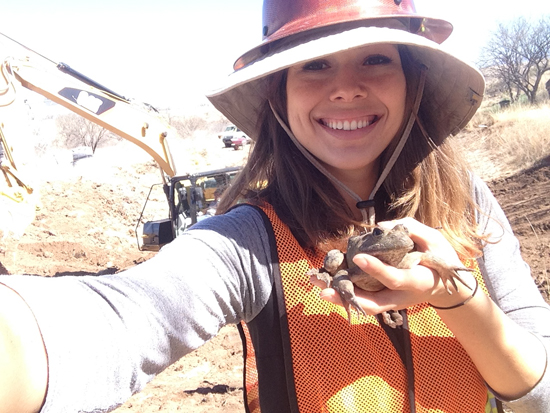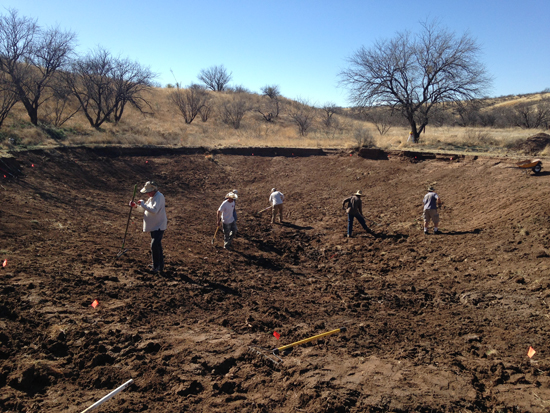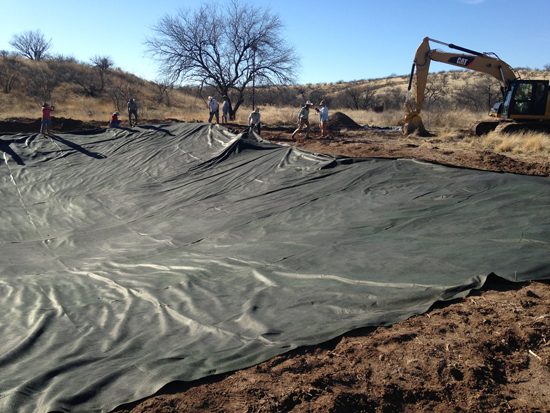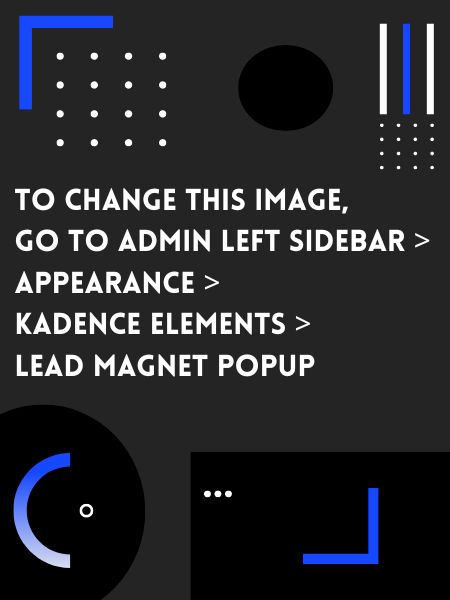SAVE THE FROGS! Wetland Coordinator Kathlyn Franco writes about her March 2016 trip to save endangered species in Arizona by constructing wetlands and Re-Frogging America!
Introduction:
In February 2016 I assisted wetland expert Tom Biebighauser in re-building a failing wetland. This wetland is extremely important because it is situated in a desert where water is rare. Amphibians and other wildlife depend on these water sources for survival and breeding. This pond in particular is being built to hold water year round to manage for the Gila Topminnow; a federally-listed species of fish. The landowners built this wetland on their property but due to the sandy loam soil type, they are losing too much water directly into the ground and the rest to evaporation. Read on to learn more about this project and the different steps we took to fix this pond! Visit www.savethefrogs.com/wetlands to learn all about wetlands.
Arriving At The Scene (February 22, 2016):
Last night I arrived in Tucson, Arizona surrounded by the iconic Saguaro cactus and, today, I find myself being driven up 3,000 feet in elevation, 45 minutes outside of the city. I leave the big city of Tucson behind in exchange for the mesquite-grassland of Amado, a town with a population of only 295 people. The open land surrounding Amado has the space needed for wildlife movement and we plan to build a large, 90-by70-foot wetland for wildlife to thrive. The wetland will be on private property, a ranch endearingly named TimBuckTwo. Currently, the land where we are to build is barely holding water. In order to protect the federally listed Gila Topminnow and create a water source for wildlife, we want to repair this wetland reshaping the basin with an excavator to give it a slope less than 20%. This will give the wetland a more natural look and create an ecosystem with high biodiversity. We want the wetland to hold water year round for the federally endangered fish and surrounding wildlife, so we plan to make this wetland 8 feet deep in the center.
CONSTRUCTION BEGINS
As we begin to reshape the basin we find a nonnative bullfrog hibernating.

This is a sure sign that amphibians can live in this area when water is available. To ensure the survival of our native amphibian species and our federally-listed Gila Topminnow, we removed this nonnative bullfrog. Once we finished reshaping the basin with the excavator, our volunteers, provided by Sky Island Alliance, helped rake and remove rocks and anything else that can puncture our geotextile liner that holds water.

After we raked the wetland and placed the geotextile with the help of the volunteers, we stretched out the geotextile and staked 12-inch spikes in at the elevation of the future water level. Elevation of the spillway (lower edge) determines the water level and where to stake the spikes. All of these steps took all day! To learn the next steps, please stay tuned.

SAVE THE FROGS! regularly gives online and in-the-field workshops and trainings to people who want to learn how to build and restore wetlands. Please fill out this short form so we can inform you when we have new courses and training materials available!


